33 Popular Destinations Where Tourists Are NOT Welcome
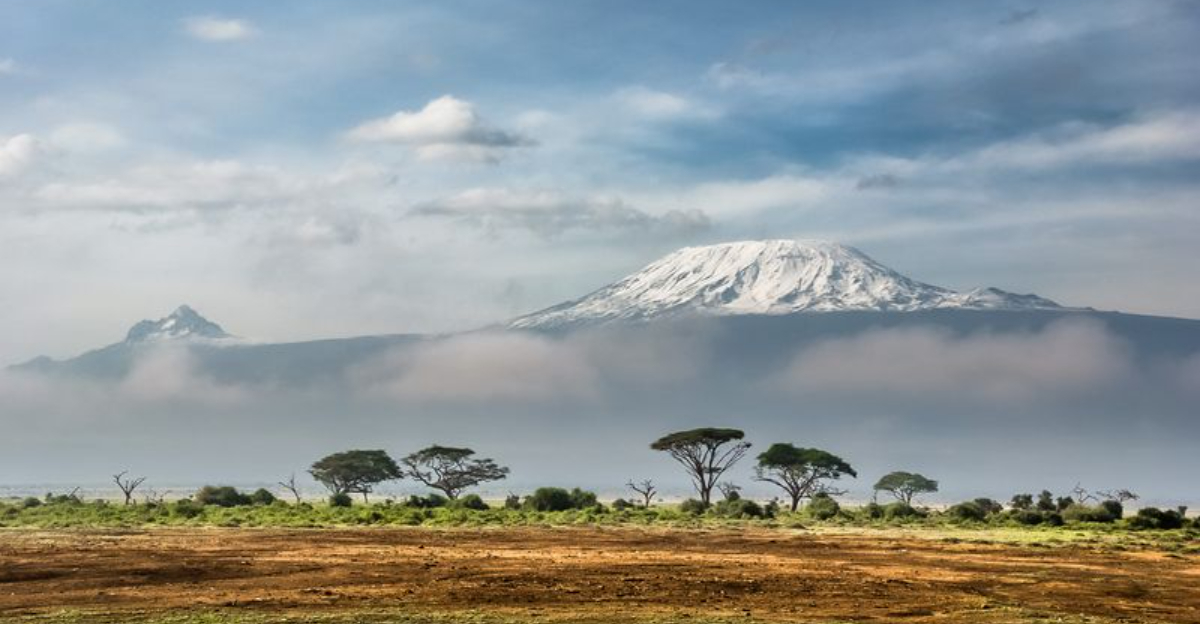
When planning your next trip, it’s essential to consider how your presence impacts the places you visit. Some destinations, once thriving with tourism, have now become more selective about who they welcome.
The reasons vary—from environmental concerns and cultural preservation to overcrowding—each with its own set of challenges.
By understanding why certain places may be less hospitable, we can make more informed choices, respecting both the local communities and the environment. Have you ever visited a destination that made you rethink your travel choices?
1. Barcelona, Spain
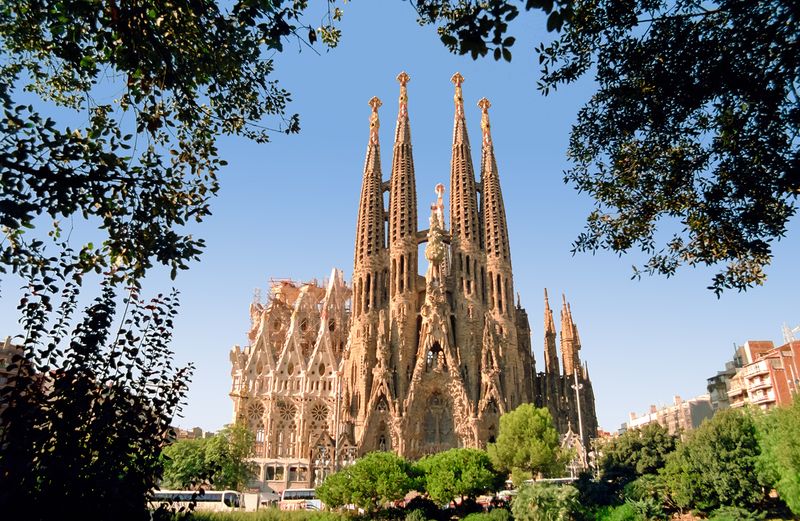
Though Barcelona is a stunning city, the locals are over the crowds. If you’ve been there, you’ll know how packed it gets. The influx of tourists has led to a higher cost of living and disturbed daily life.
Many residents express their frustration towards the noise and crowded streets. For a peaceful visit, try exploring less crowded areas. Respect local customs and make sure to support small businesses.
When in local areas, be mindful of noise levels. Your actions can make a difference in easing the tension between tourists and locals.
2. Venice, Italy
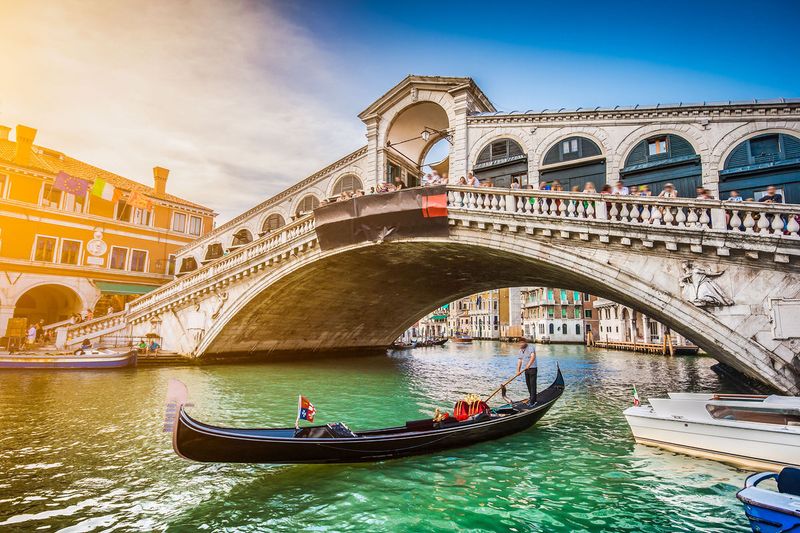
It’s not hard to see why Venice is loved, yet the city struggles under the weight of tourists. Where does one start with the impact? The narrow streets overflow with visitors, making navigation difficult for residents.
The local government even considered charging an entry fee to control the numbers. If you’re visiting, choose off-peak times. Take time to explore beyond the main attractions.
Enjoy quiet walks in less touristic neighborhoods. Your thoughtful approach can help alleviate some of the strain on this beautiful city.
3. Pripyat, Ukraine

Pripyat, Ukraine, once a thriving city, now sits abandoned in the aftermath of the Chernobyl disaster. Overgrown vegetation and crumbling structures dominate the landscape, creating a ghostly atmosphere.
The iconic Ferris wheel stands as a haunting reminder of the lives once bustling here. Today, it’s a site of dark tourism, with some visitors drawn by the allure of its history.
However, the lingering radiation and the city’s eerie silence serve as constant reminders of the catastrophe. Travelers must be cautious, respecting the site’s somber past while navigating this haunting urban wilderness.
4. Mount Everest, Nepal

If climbing Everest is on your bucket list, think twice. The mountain faces challenges with overcrowding. Trash and waste left by climbers degrade its pristine environment.
Did you know that inexperienced climbers contribute to accidents? To protect Everest, consider alternative adventures. There are other peaks that offer thrilling climbs. When visiting, ensure you pack out all waste.
Respect the environment and follow local regulations. Your choices can contribute to preserving Everest’s majestic beauty for future generations.
5. Santorini, Greece
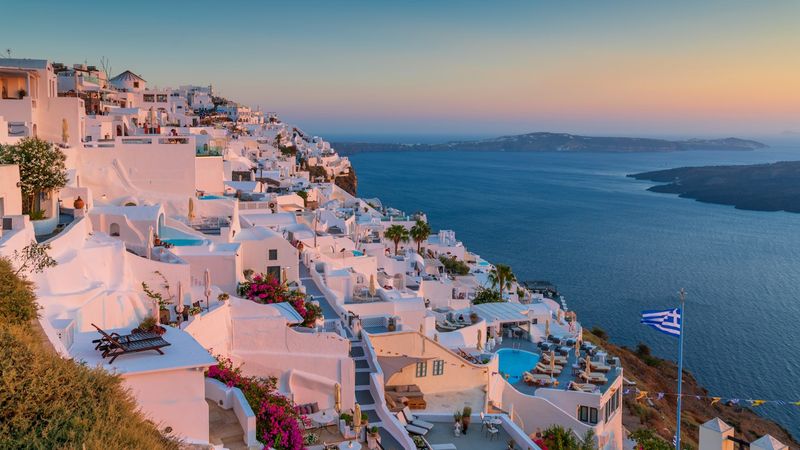
When you picture Santorini, stunning sunsets come to mind. It’s unfortunate that large crowds now mar this experience. The island’s infrastructure struggles to cope with the visitor numbers.
Are you planning a trip? Consider visiting during the shoulder season. It offers a quieter experience. Support local businesses by dining at family-run restaurants. Your visit can have a positive impact.
Engage with the community respectfully, and you’ll find a rewarding travel experience. Travelers can make a difference through mindful tourism.
6. Niihau, Hawaii, USA
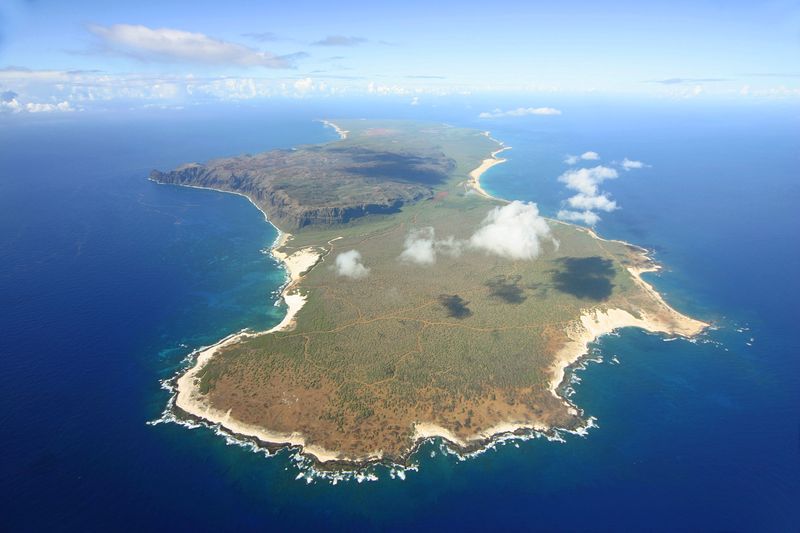
Known as the “Forbidden Island,” Niihau is privately owned and off-limits to most tourists. The island maintains its traditional Hawaiian lifestyle, free from modern infrastructure.
Only invited guests or those on supervised tours can visit, ensuring the preservation of its natural and cultural environment. This exclusivity supports the community’s self-sustaining practices.
Niihau offers a glimpse into Hawaii’s past, untouched by commercialization. This careful balance between tradition and privacy highlights the importance of respecting local wishes and environmental conservation.
7. Amsterdam, Netherlands
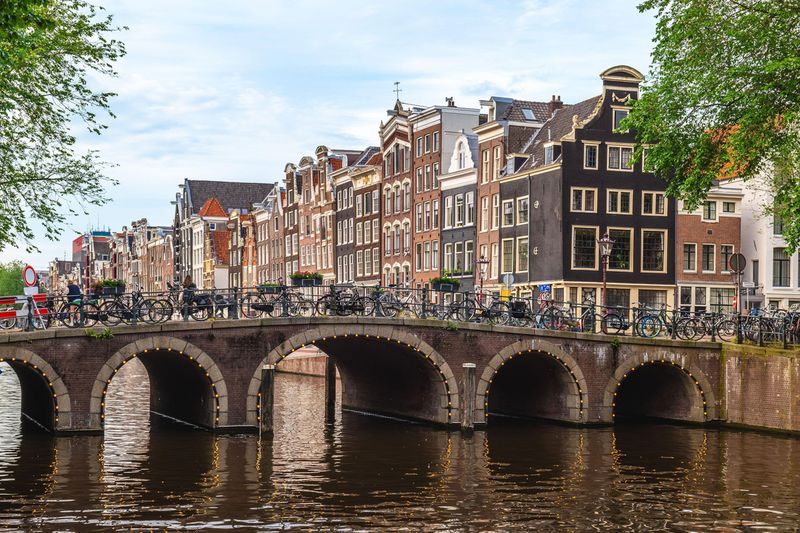
Though Amsterdam is famous for its canals and culture, it faces challenges with tourism. Overcrowding in the city center disrupts daily life. Did you know locals are tired of the disturbances?
The city promotes responsible tourism to mitigate issues. Explore beyond the center. Visit local neighborhoods and parks. Support sustainable tourism practices. Respect the residential areas by keeping noise to a minimum.
Your actions can contribute to a more balanced tourism experience. The city’s charm is best enjoyed with a mindful approach.
8. Bohemian Grove, USA

Bohemian Grove is a secluded area in California known for secretive gatherings of influential figures. The exclusive nature of these meetings means tourists are not welcome.
The grove is shrouded in mystery, adding to its allure. Security measures ensure only members and guests are allowed entry, maintaining privacy.
While the intrigue surrounding Bohemian Grove persists, its exclusivity ensures participants can meet without public scrutiny. This highlights the significance of privacy and the measures taken to protect it in certain social circles.
9. Machu Picchu, Peru
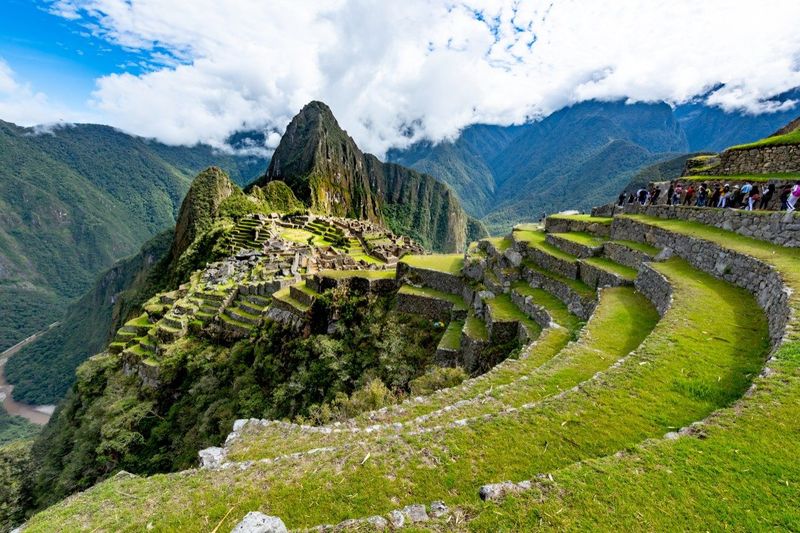
If Machu Picchu is on your list, you’re not alone. The site faces preservation challenges due to tourist numbers. Damage to the ancient structures and trails is a concern. How can you help?
Follow regulations set by authorities. Book tickets in advance and consider guided tours. Stay on designated paths to protect the site. Your visit can be both enjoyable and sustainable.
Engage with the local culture respectfully. Preserving this archaeological wonder is a shared responsibility. Travelers can play a vital role in its conservation.
10. Dubrovnik, Croatia
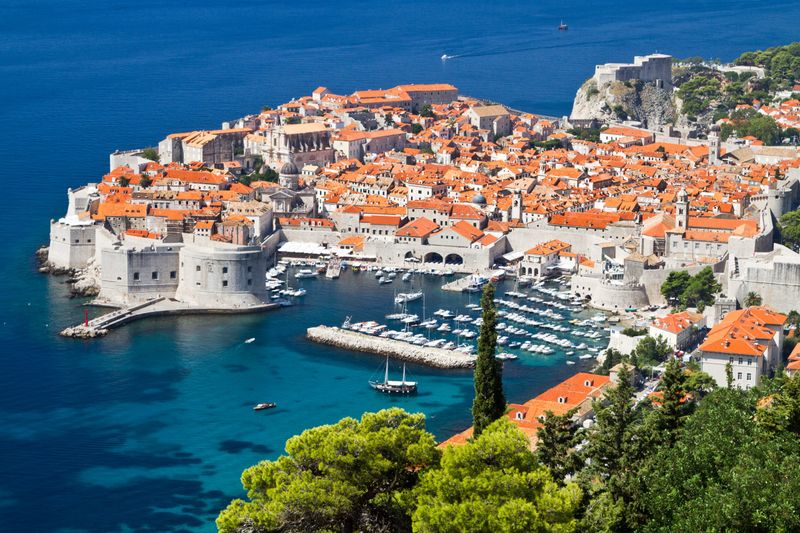
This city gained fame from TV, yet it’s overwhelmed now. If you’re a fan of history, know that Dubrovnik is struggling. The influx of visitors affects the historic Old Town.
Did you know the authorities tried to limit cruise ships? For a better experience, visit in the off-season. Explore lesser-known attractions. Support local artisans by buying handcrafted goods.
Your actions can ease the burden on this charming city. Travelers should be mindful of the impact of their visit. A respectful approach enriches both the visitor and the destination.
11. Kyoto, Japan
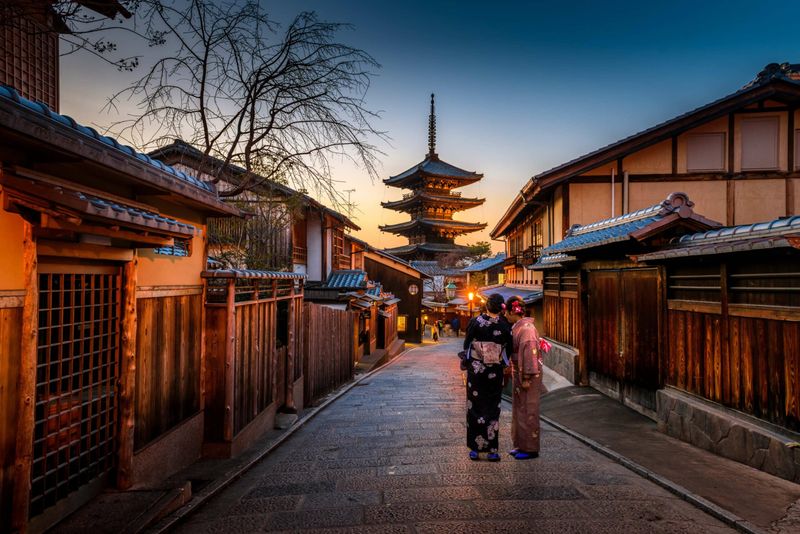
Where tradition meets tourism, Kyoto faces challenges. This city, known for its beauty, struggles with overcrowding. It’s important to respect the cultural heritage.
Did you know locals face disruptions in their daily lives? Be considerate by visiting during less busy times. Engage with the culture by participating in traditional workshops. Support the community by visiting local eateries.
Your mindful visit contributes positively to the city. Travelers should balance exploration with respect for local traditions. Kyoto’s charm is best appreciated with a thoughtful approach.
12. The Catacombs of Paris, France

Beneath the romantic streets of Paris lies a network of catacombs, housing the remains of over six million people. The walls are adorned with skulls and bones, arranged in macabre patterns.
While some tourists are drawn to this underground ossuary, many locals view it as a sacred resting place, not a spectacle. The air is cool and the passages narrow, creating an eerie sense of claustrophobia.
Anyone venturing here should move with care and respect. This silent city of the dead is a stark reminder of mortality, offering an experience both profound and unsettling.
13. Bali, Indonesia
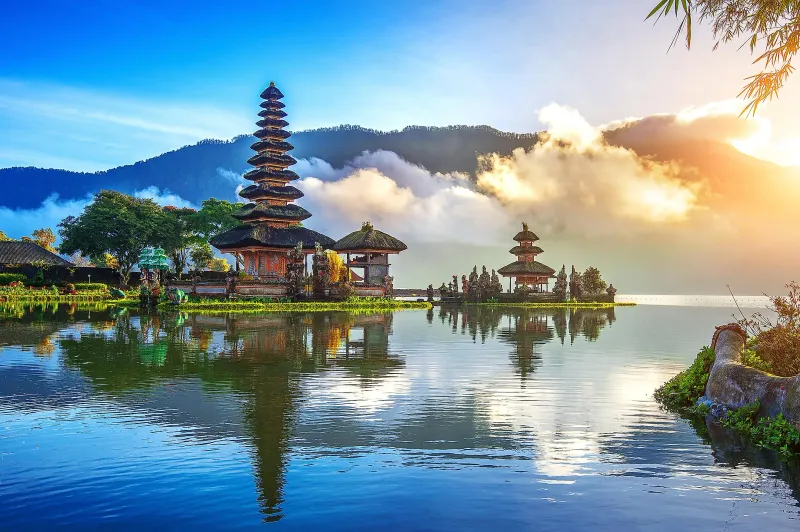
This island paradise is a favorite, yet faces challenges. If you’re visiting Bali, be aware of the environmental impact. Overdevelopment threatens natural beauty. Did you realize that water shortages affect locals?
Consider staying in eco-friendly accommodations. Participate in beach clean-up activities. Support local businesses by shopping at markets. Your visit can be part of the solution.
Engage with the community in meaningful ways. Travel with a purpose and contribute to preserving Bali’s charm. Responsible tourism can make a positive difference.
14. Iceland
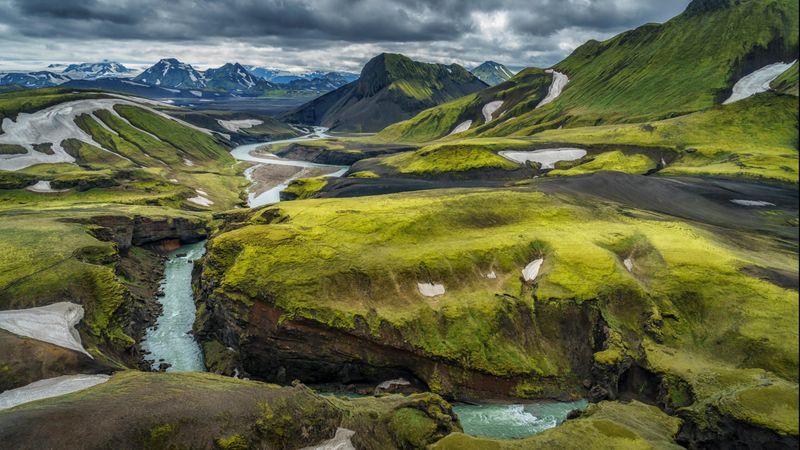
Did you know Iceland is a victim of its own beauty? The country’s landscapes attract tourists, causing strain on the environment. If you’re planning a visit, consider exploring lesser-known areas.
It’s crucial to follow leave-no-trace principles. Support local initiatives aimed at conservation. Engage responsibly with the natural surroundings. Your actions can help preserve Iceland’s stunning beauty.
Travelers should be stewards of the environment. Enjoy the breathtaking scenery while ensuring its preservation. A mindful approach to tourism benefits everyone.
15. Antarctica
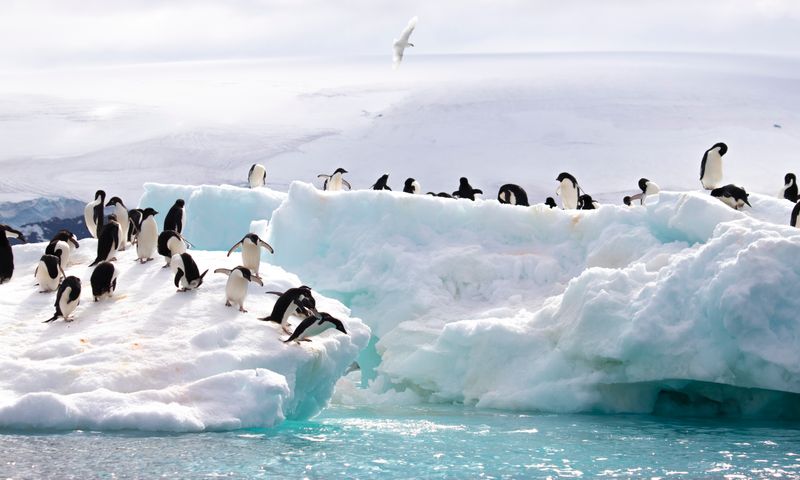
Though remote, Antarctica draws those seeking adventure. Did you know tourism impacts its fragile ecosystem? If you’re considering a trip, choose operators that follow strict guidelines.
Limit your footprint by adhering to environmental regulations. Engage with the unique wildlife respectfully. Your visit can support conservation efforts. Participate in educational programs to learn about the region.
Travelers can contribute positively by making informed choices. Preserve Antarctica’s pristine beauty for future explorers. A responsible approach ensures this unique environment remains unspoiled.
16. Bhutan
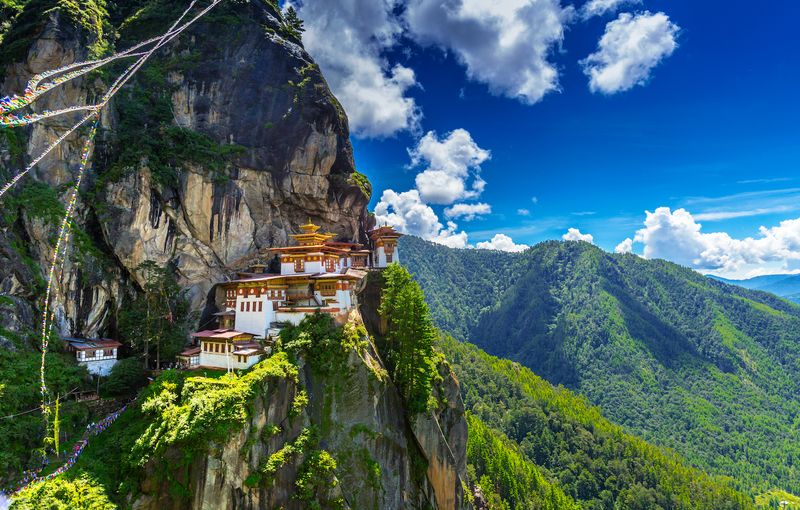
How does Bhutan manage tourism? This Himalayan kingdom values sustainability. If you’re visiting, you’ll notice measures to control tourism. The government sets minimum spending requirements.
Did you know this supports local communities? Engage deeply with the culture. Participate in traditional festivals and customs. Support local artisans by purchasing handicrafts. Your visit can have a meaningful impact.
Travelers are encouraged to respect cultural norms. By doing so, you contribute to Bhutan’s sustainable tourism model. Experiencing Bhutan is about quality, not quantity.
17. Cinque Terre, Italy
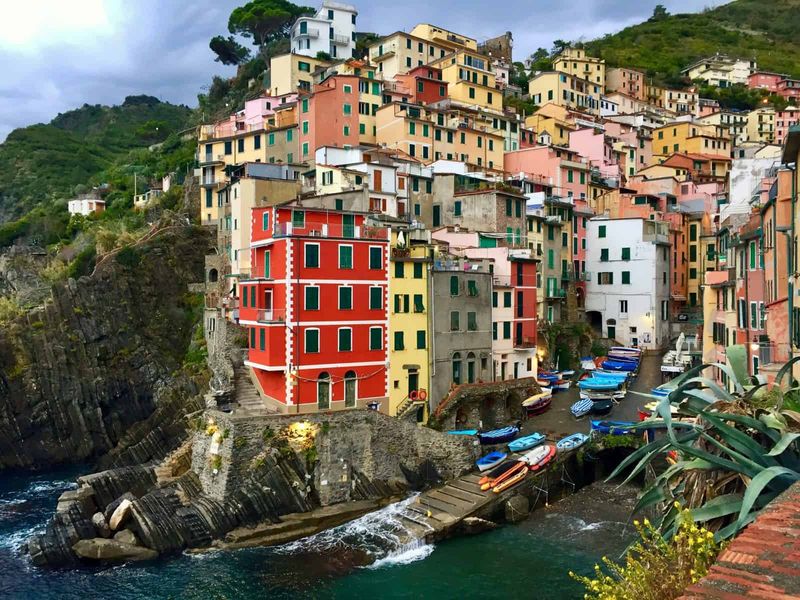
If you’re dreaming of Cinque Terre, plan wisely. The picturesque villages struggle with tourism-induced wear and tear. Did you know that visitor numbers are now capped?
Respect the restrictions and plan your visit carefully. Explore lesser-known trails to avoid crowds. Support the local economy by dining at family-owned restaurants. Your actions can help preserve this charming area.
Travelers should prioritize sustainability and respect. The beauty of Cinque Terre is best experienced with a mindful approach. Enjoy the stunning views responsibly.
18. Galápagos Islands, Ecuador
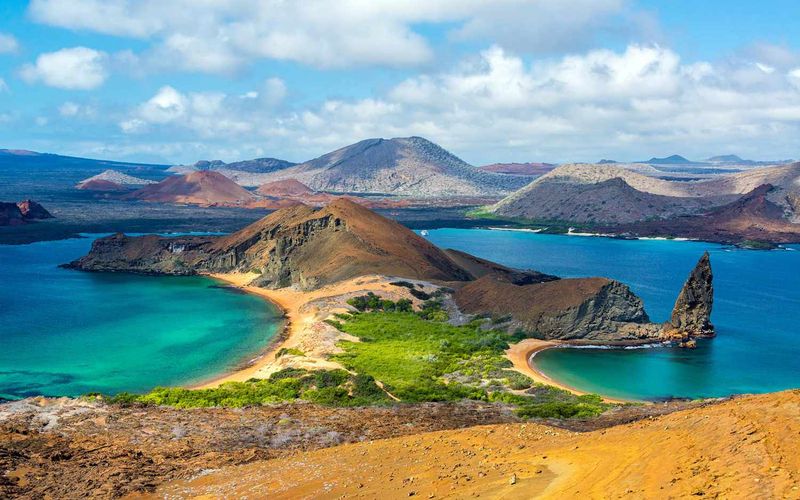
When visiting the Galápagos, respect is key. The delicate ecosystem faces challenges from tourism. If you’re planning a trip, choose eco-certified tours. Engage with the environment responsibly.
Participate in conservation efforts by volunteering. Support local communities by buying locally made products. Your visit can contribute positively. Travelers have a responsibility to protect this unique archipelago.
Enjoy the diverse wildlife and unique landscapes while minimizing impact. A thoughtful approach enhances the experience for both visitors and locals.
19. The Island of Dolls, Mexico

Amidst the canals of Xochimilco, Mexico, lies the eerie Island of Dolls. Decorated with thousands of old, weathered dolls hanging from trees, this place is as haunting as it is fascinating.
Legend has it that a girl drowned near the island, and the caretaker hung dolls to appease her spirit. The sight of decaying dolls swaying in the breeze is enough to send shivers down your spine.
Visitors who dare to explore should tread carefully, respecting the local lore and the island’s spooky atmosphere. This destination is not for the faint-hearted, offering a chilling experience like no other.
20. Phuket, Thailand
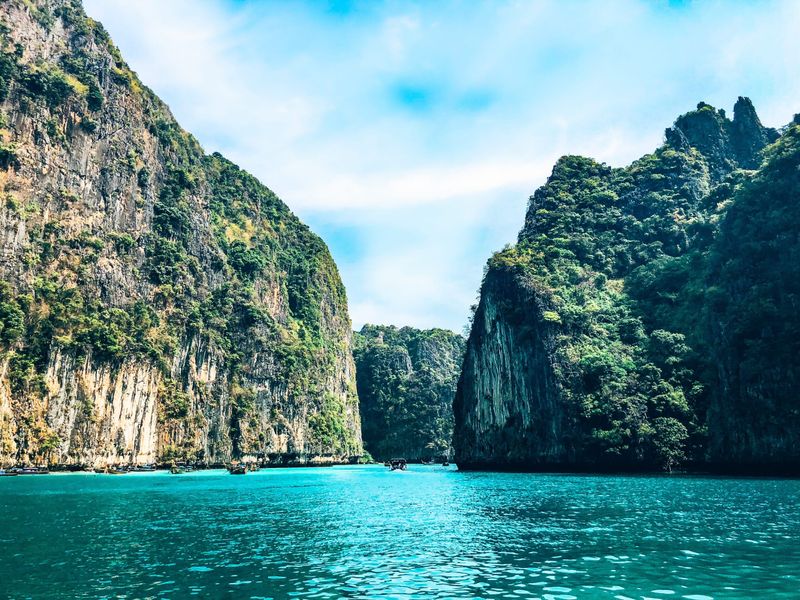
Though Phuket is popular, it faces challenges from mass tourism. Overdevelopment affects the island’s charm. If you’re planning a visit, choose sustainable activities. Engage in community-based tourism initiatives.
Support local businesses by shopping at markets. Your touristic approach can make a difference. Travelers should be mindful of their impact. Respect the local culture and environment.
Phuket offers more than beaches; explore its cultural heritage. Enjoy a well-rounded experience by venturing beyond the tourist hotspots.
21. Myanmar
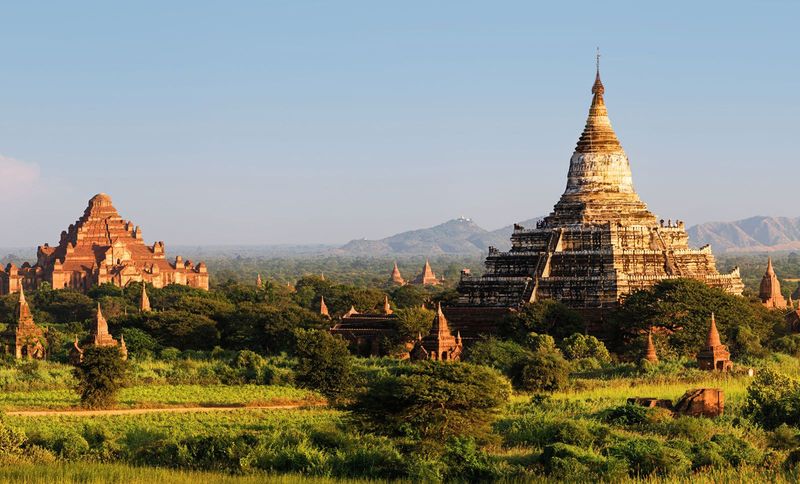
If you’re considering Myanmar, understand its unique situation. The country faces challenges with tourism management. Did you know tourism supports local communities?
Engage with the culture by visiting less frequented temples. Support artisans by purchasing local crafts. Your visit contributes to the economy. Travelers should be aware of the political climate.
Respect for local customs enhances your experience. Mindful tourism can positively impact Myanmar’s growth. Enjoy the rich cultural heritage while supporting its development. A respectful approach leaves a lasting impression.
22. Komodo Island, Indonesia
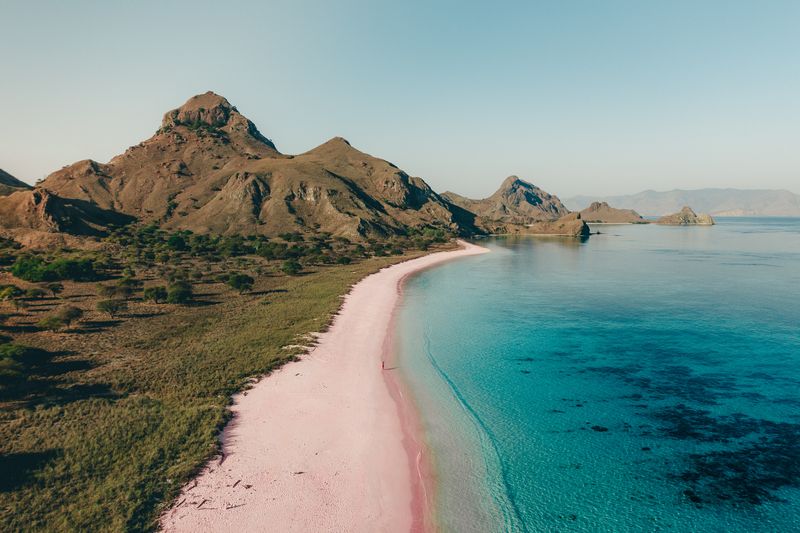
When visiting Komodo Island, respect nature’s wonders. The island faces challenges from tourist traffic. If you’re planning a trip, adhere to park regulations. Engage with the wildlife responsibly.
Support conservation efforts by participating in programs. Your visit can contribute to preserving this unique habitat. Travelers should be mindful of their impact.
Respect the natural environment and follow guidelines. Komodo Island offers a chance to witness incredible wildlife. Enjoy the experience while ensuring its conservation for future generations.
23. Snake Island, Brazil
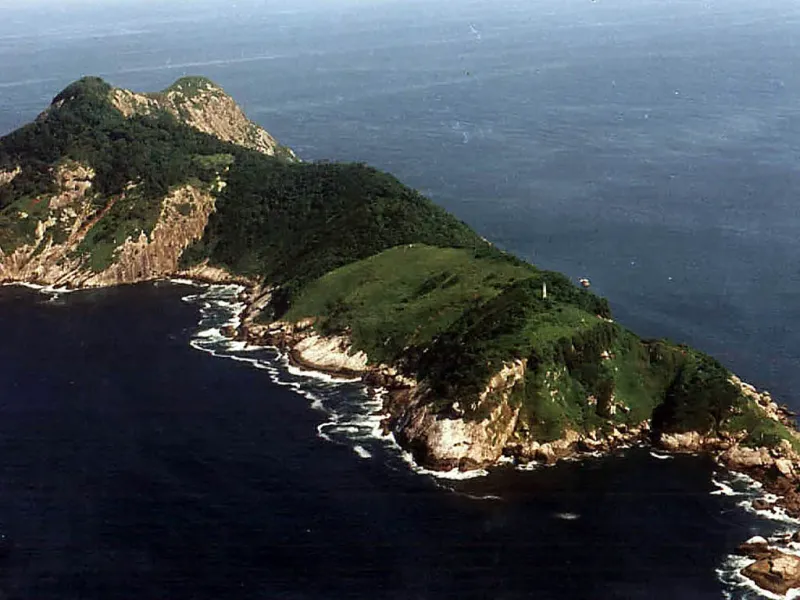
Snake Island, or Ilha da Queimada Grande, is infamous for its dense population of venomous snakes. Due to safety concerns, visitors are prohibited.
The Brazilian government restricts access to protect both humans and the island’s ecosystem. Scientists occasionally visit for research purposes.
This island serves as a reminder of nature’s unpredictability and the need for caution. By limiting human interference, the delicate balance of its habitat is preserved, reflecting the importance of ecological conservation.
24. Banff National Park, Canada
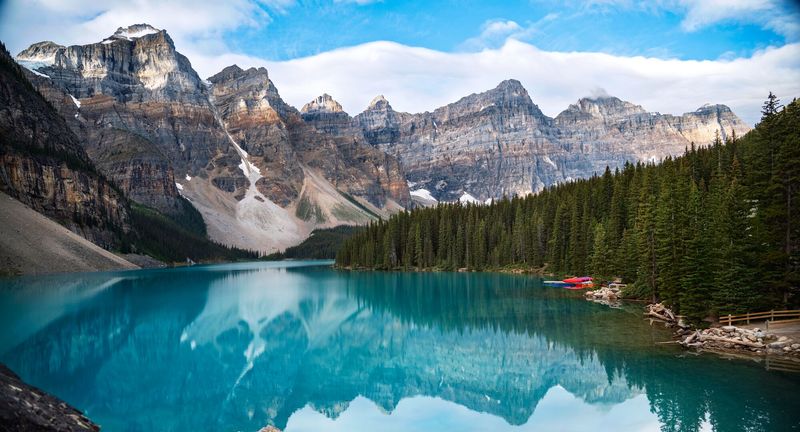
Though Banff is breathtaking, its popularity poses challenges. Did you know that visitor numbers strain its natural beauty? If you’re planning a trip, visit during the off-peak season.
Engage in responsible tourism by following park rules. Support local initiatives aimed at preservation. Your actions can help maintain Banff’s pristine environment. Travelers should prioritize sustainability.
Enjoy outdoor activities while respecting nature. A mindful approach ensures Banff remains a cherished destination for all. Explore its wonders responsibly and leave no trace.
25. Uluru, Australia
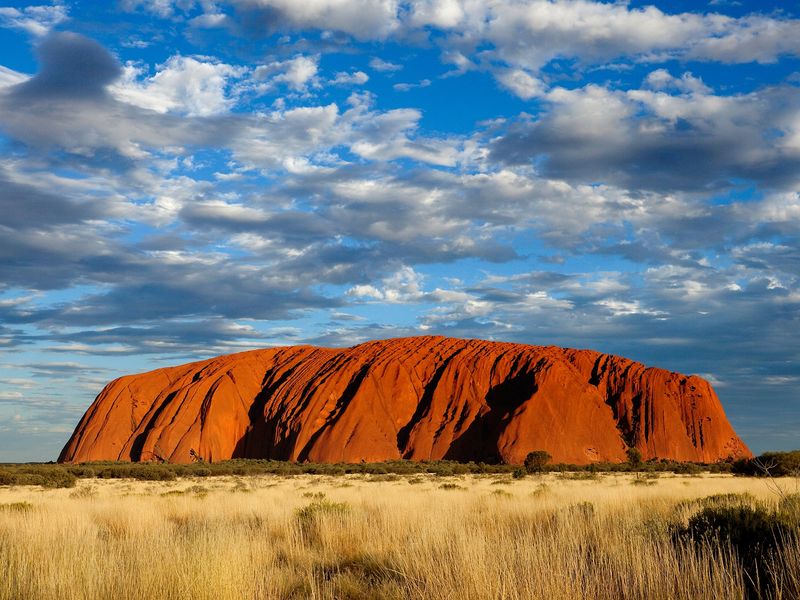
This iconic landmark is sacred to the Anangu people. If visiting Uluru, respect its cultural significance. Did you know climbing is discouraged? Engage with the site through guided tours.
Learn about its history and cultural importance. Support the local community by purchasing authentic crafts. Your visit can be respectful and enriching. Travelers are encouraged to follow guidelines.
Respect for indigenous culture enhances the experience. Uluru offers more than just its physical presence. A thoughtful approach enriches your understanding of this sacred place.
26. Taj Mahal, India
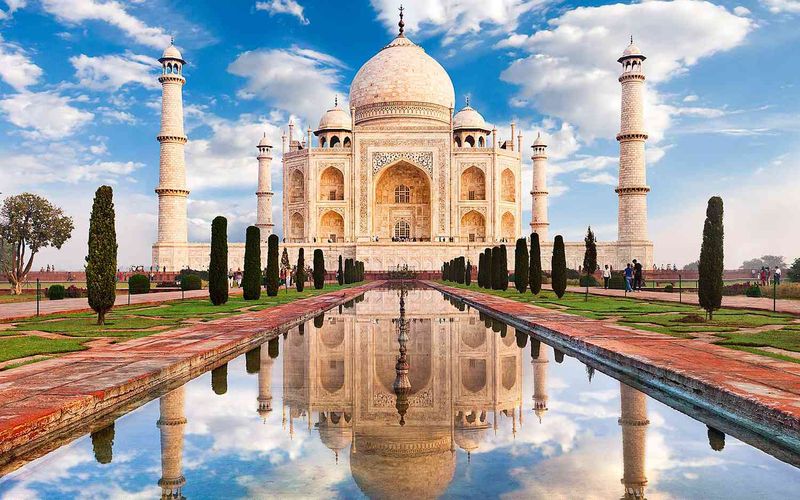
If the Taj Mahal is on your list, plan carefully. This world wonder faces challenges from large crowds. Did you know that visitor numbers are regulated? To enjoy your visit, book tickets in advance.
Engage with the site by learning about its history. Support local guides who offer in-depth tours. Your actions can contribute to preserving this iconic site.
Travelers should be mindful of their impact. Respect the cultural heritage and enjoy the experience. The Taj Mahal’s beauty is best appreciated with a thoughtful approach.
27. Grand Canyon, USA
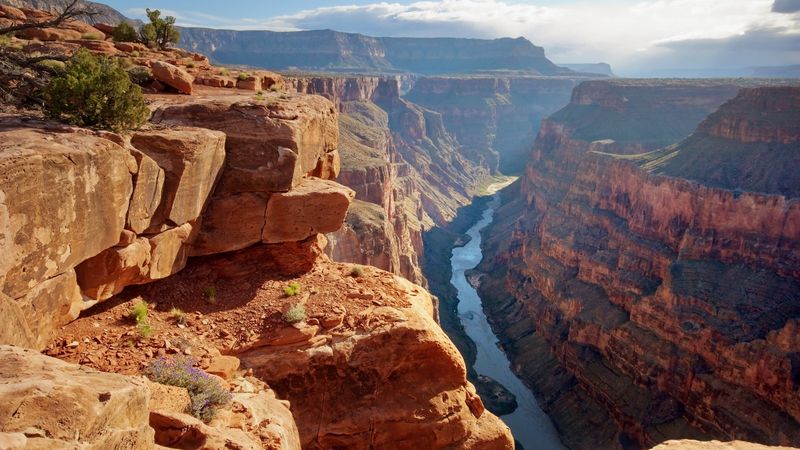
How does one describe the Grand Canyon? It’s awe-inspiring, yet faces challenges from tourism. Did you know that over-visitation impacts the environment? Plan your visit during less crowded times.
Engage in responsible tourism by staying on marked trails. Support local conservation efforts. Your visit can be both enjoyable and sustainable. Travelers should respect the natural landscape.
Enjoy the breathtaking views while minimizing your footprint. The Grand Canyon is a treasure that needs protecting. A mindful approach ensures it remains magnificent for future visitors.
28. Bhaktapur, Nepal
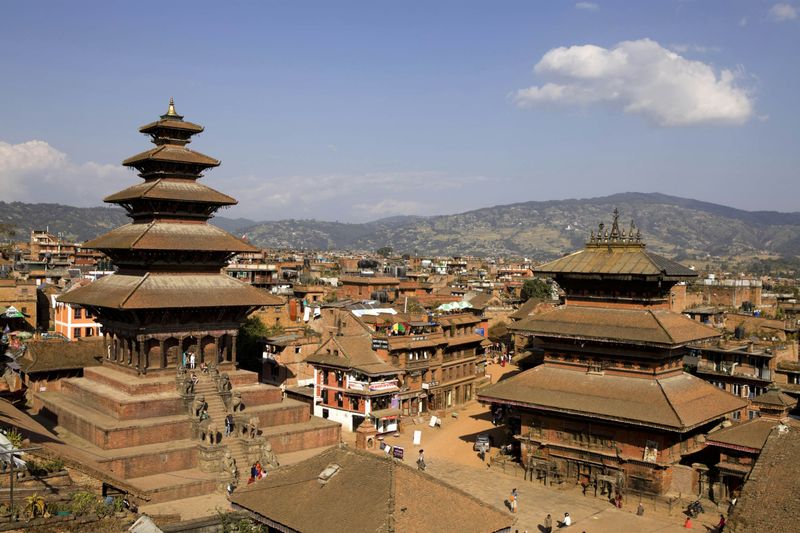
When visiting Bhaktapur, respect its cultural heritage. Did you know this city is a living museum? If planning a trip, engage with local artists and craftsmen. Support traditional practices by purchasing local crafts.
Your visit can have a positive impact on the community. Travelers should be aware of the cultural significance. Respect local customs and participate in community events.
Bhaktapur offers a glimpse into Nepal’s rich history. A thoughtful approach ensures a rewarding experience for both visitors and locals.
29. Area 51, Nevada, USA

Area 51, known for its secrecy around UFOs and government experiments, is strictly off-limits to the public. Surrounded by desert, the facility’s air of mystery fuels speculation.
Security measures are stringent, with signs warning against trespassing. This restriction ensures that sensitive activities remain confidential.
The intrigue around Area 51 draws many curious minds, but respecting its boundaries is essential. This iconic location underscores the importance of national security and confidentiality in research and development.
30. Easter Island, Chile
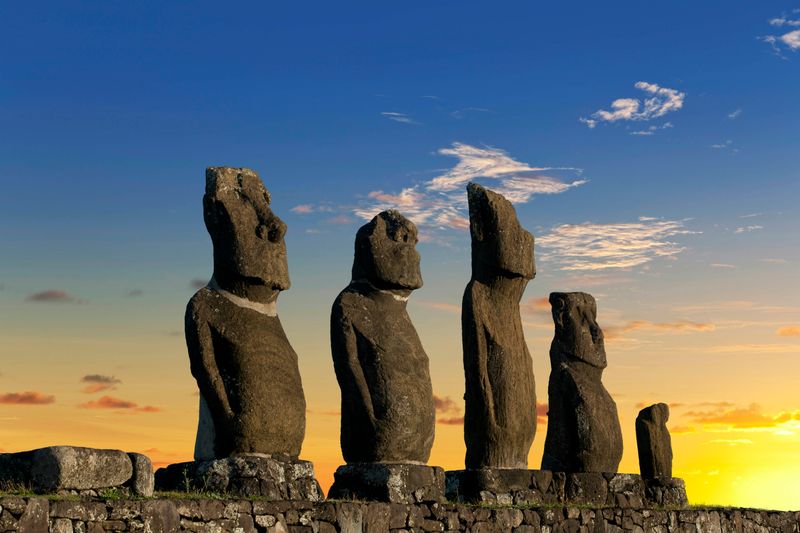
This remote island intrigues many, but it faces challenges. If you’re visiting, respect the cultural heritage. Engage with the local community by learning about the Moai.
Support conservation efforts by participating in programs. Your visit can contribute to preserving the island’s culture. Travelers should be mindful of their impact. Respect the environment and follow guidelines.
Easter Island offers a unique experience that requires responsibility. Enjoy its mysteries while ensuring their protection for future generations.
31. Mount Kilimanjaro, Tanzania
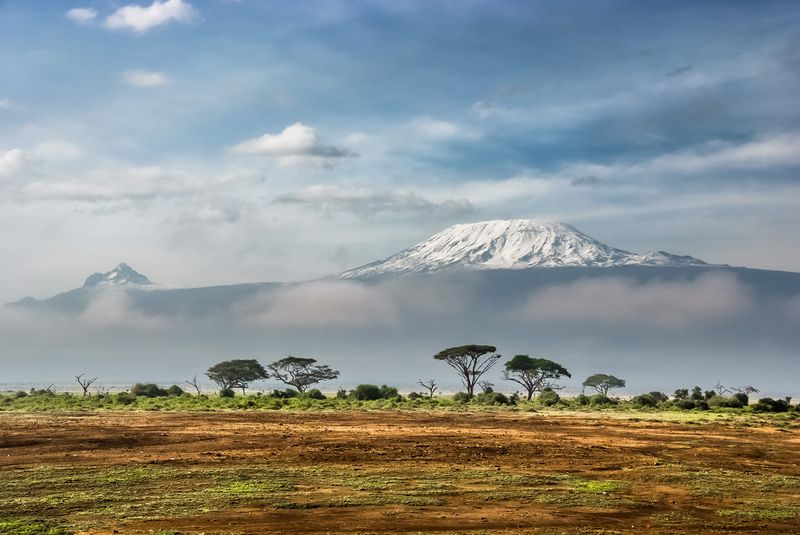
If climbing Kilimanjaro is your dream, plan wisely. The mountain faces challenges from tourism. Did you know that overcrowding impacts its trails? To protect the environment, choose eco-friendly tours.
Engage with local guides who know the area well. Support conservation efforts by following guidelines. Your climb can be both thrilling and sustainable. Travelers should respect the natural habitat.
Enjoy the stunning views while ensuring their preservation. Kilimanjaro offers an adventure for those committed to responsible tourism.
32. Lascaux Caves, France

The Lascaux Caves in France hold some of the most extraordinary examples of prehistoric art. However, these artifacts are extremely delicate. Only a select few scientists are permitted entry to study the paintings.
The caves are closed to tourists to protect the art from further damage. Visitors can explore a replica nearby, but the real caves remain off-limits.
This decision helps preserve the ancient beauty of Lascaux, ensuring that these connections to our past remain intact for future generations. It is a testament to the importance of conserving our cultural heritage.
33. North Sentinel Island, India

North Sentinel Island is home to the Sentinelese, a tribe isolated from the modern world. The Indian government enforces a strict no-entry policy to protect their way of life.
Attempts to contact the islanders have often resulted in hostility, emphasizing their desire for solitude. Visitors are strictly prohibited from approaching, ensuring the tribe’s safety and autonomy.
This isolation is vital for the Sentinelese, shielding them from external influences and preserving their unique culture. Respecting their boundaries is crucial, reminding us of the importance of cultural diversity and autonomy.
